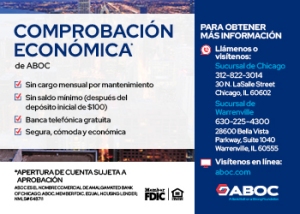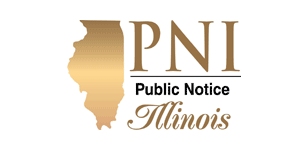Why We Pay Property Taxes In Arrears?
By Maria Pappas
 One of the most common questions I get in my office, is, “Why do we collect taxes for the previous year?” Here’s the backstory.
One of the most common questions I get in my office, is, “Why do we collect taxes for the previous year?” Here’s the backstory.
Cook County’s property tax system has changed dramatically since The Treasurer’s Office first opened its doors in 1831 when the county was established. One of the biggest changes was the decision to collect property taxes for the previous year or “in arrears”.
The shift in the system can be traced back to the 1930s, when the country and the most populous county in Illinois were both grappling with the financial effects of the Great Depression.
Property taxes have been a crucial source of revenue for local governments in Cook County since before Chicago was even incorporated in 1837. Tax collections have long bankrolled essential services such as schools, police and fire departments and infrastructure development projects.
After the County Seat was set up at Fort Dearborn and Cook County quickly became an economic hub, the demand for tax revenue to fund expanding government services increased. This placed a greater burden on local governments to maintain the infrastructure and services needed for the growing Chicagoland population.
At no time was that burden greater than during The Great Depression of the 1930s, which had a long-lasting effect on the way property taxes are handled.
The economic downturn led to widespread unemployment and financial hardship across Cook County. During this period, tax delinquency rates soared, and some property owners began to refuse to pay their taxes. Throughout the 30’s, the 5 daily newspapers in Chicago regularly reported on the “tax revolts” that were taking place across the county. The Chicago Tribune called those who failed to pay, “tax shirkers” and their movement the “tax racket.”
The consequences of these “tax revolts” were immediate. Unable to collect taxes, local governments found themselves struggling to fund public services. In response to the crisis, Illinois and Cook County officials and many of their counterparts across America, decided to delay the collection of property taxes, effectively placing the county’s property tax payments one year behind. This decision provided immediate relief to struggling property owners. It also set a precedent for the practice of paying property taxes in arrears which continues to this day.
The system of paying taxes in arrears means property tax bills issued in a given year typically reflect assessments from the previous year. For example, the property tax bills my office sent out in January of 2025 are based on assessments made for the 2024 tax year. This admittedly complicated system helps provide stability for both local governments and taxpayers, as it ensures a more predictable billing cycle and revenue flow.
The legacy of the Great Depression and the resulting policy changes have had a lasting impact on Cook County’s property tax system and my office. While many aspects of the system have been modernized since I first walked through the doors here in 1998, the practice of paying property taxes in arrears remains in place as an important and fundamental feature of Cook County’s property tax system.
Photo Credit: Office of Cook County Treasurer Maria Pappas









